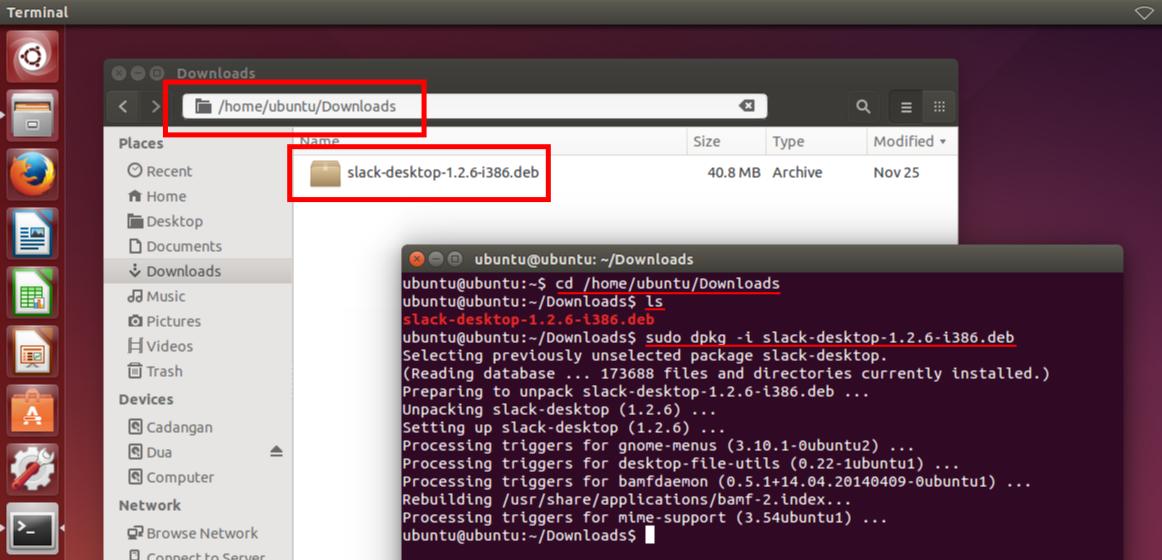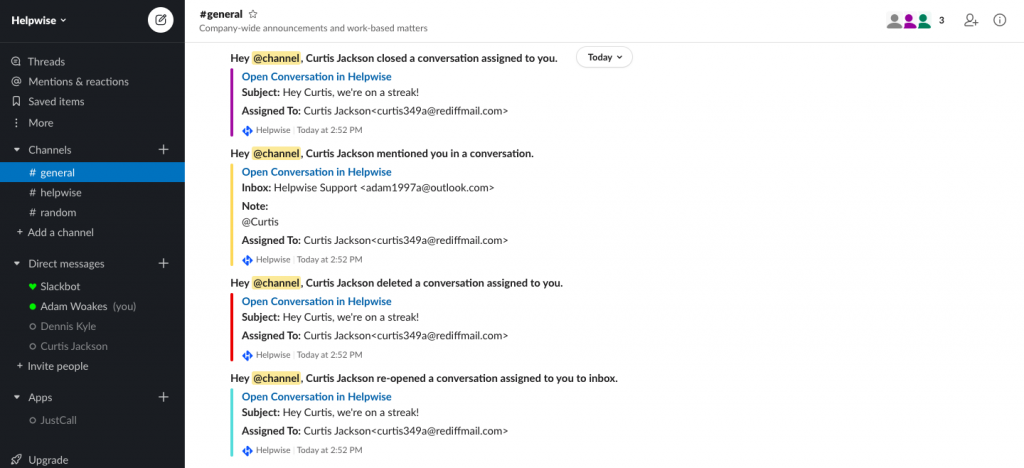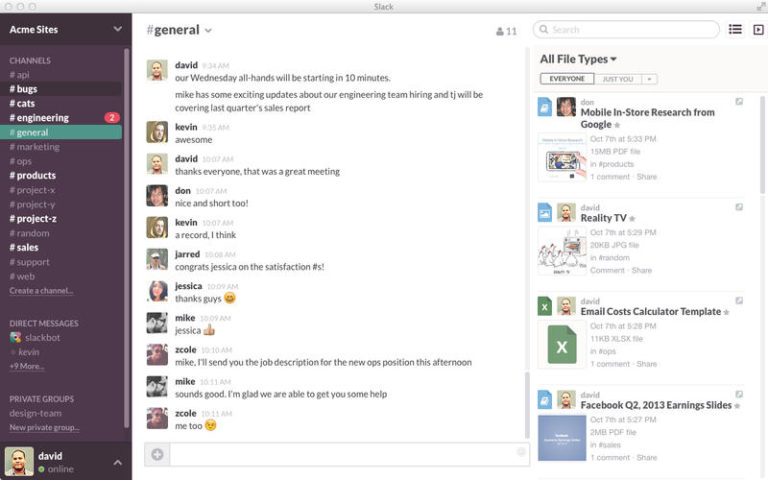

It’s also good to add locations to your custom profile fields in any global company, so people know when your work hours are likely to overlap. If your workplace design team in New York is working with architects in London on a new office being built in Melbourne, make it clear that it’s OK to post documents or agendas to the team with the expectation that approvals or follow-ups might take 8 to 12 hours as each office comes online around the globe. Set response expectations at the channel levelĮspecially useful on projects where you’re working with teams in other time zones, the channel status and channel purpose can be used to set expectations in any channels not meant to be real-time. Your status in Slack will then communicate to colleagues that you’re heads-down working and they shouldn’t expect an immediate response. Click your name atop the channel menu and select how long you’d like to pause notifications. You can also use DND to carve out focus time during your workday. That way, if you have an idea at 10 p.m., you can send it to your team with the knowledge that they’re not expected to respond until morning.

Make sure everyone on your team knows about the feature, and make it clear that after-hours requests can wait until the next day. Use it to mark your outside-of-work hours. Reduce off-hours pings with Do Not DisturbĪnother way to limit untimely interruptions is to use the built-in DND feature.

To see who responded to a message with a particular emoji, mouse over it on desktop or long-press the reaction on mobile. Multiple messages means multiple interruptions, and that’s far from an ideal use of everyone’s time and attention. Getting everything you need into a single direct message means that only one notification is sent to the person. You can start a DM with “hey” or with a 👋, but make it the first line of your entire message.
#Hackers slack it eacoxvice full
The person might see the indicator that you’re typing but is still left waiting for your full message. Here’s a quick win: Never send a direct message that just says “hey” or “hello.” Even if you immediately follow up with your “real” message, the recipient gets a notification on that first “hey” that contains no information and potentially causes distraction. Less messages means more efficient collaboration Thankfully, there are a few basic steps every team can take to reduce notifications while keeping communication open. And when you’re away from Slack for any length of time, those notifications can really stack up. Every DM results in a notification on the mobile and desktop devices of your recipient.So if someone asks you a question over one, others on your team may do the same later on without knowing you already answered it.

Slack works best as a collaborative workspace when everyone in a company uses it to have transparent, informative discussions in channels, which are organised around projects, teams and disciplines.īut let’s be honest, many teams rely far too often on direct messages-mostly for quick questions and answers.


 0 kommentar(er)
0 kommentar(er)
